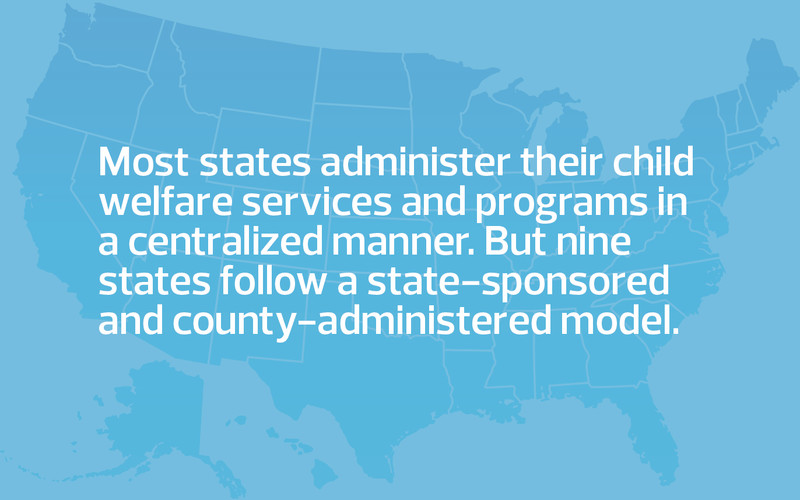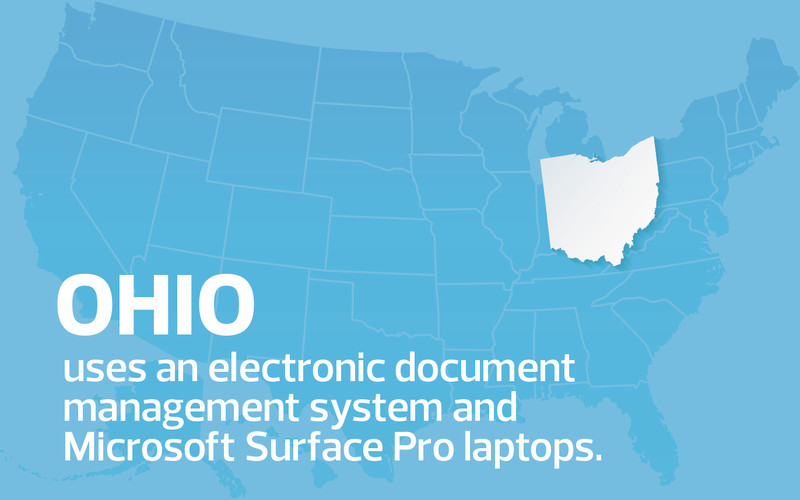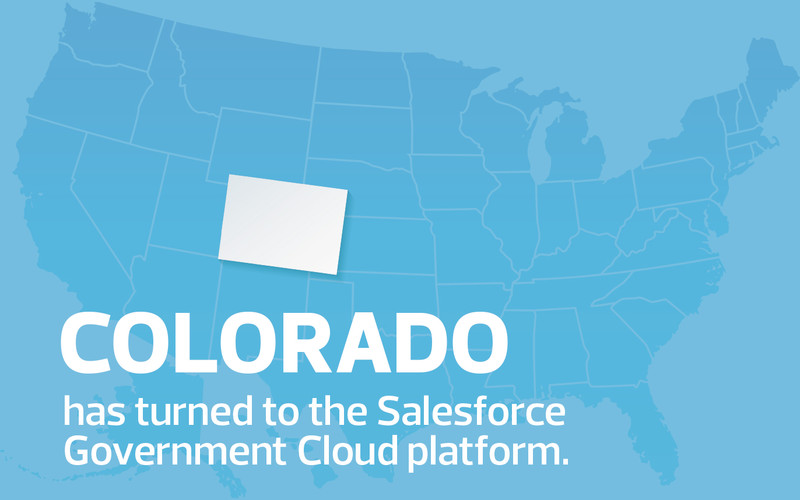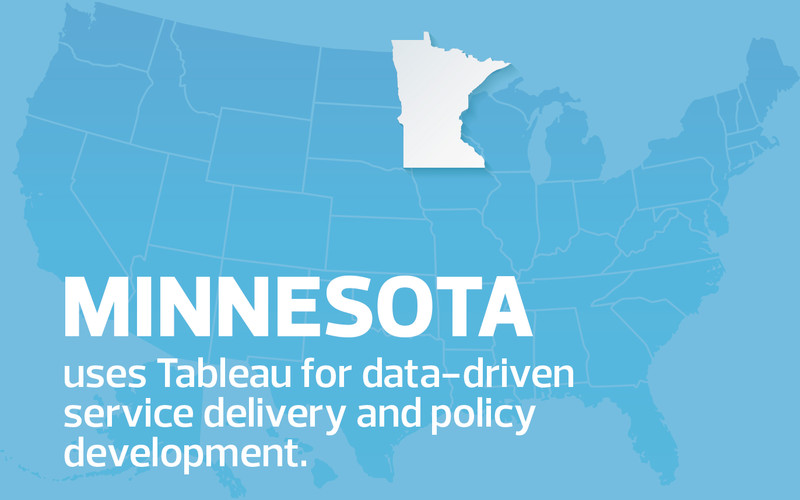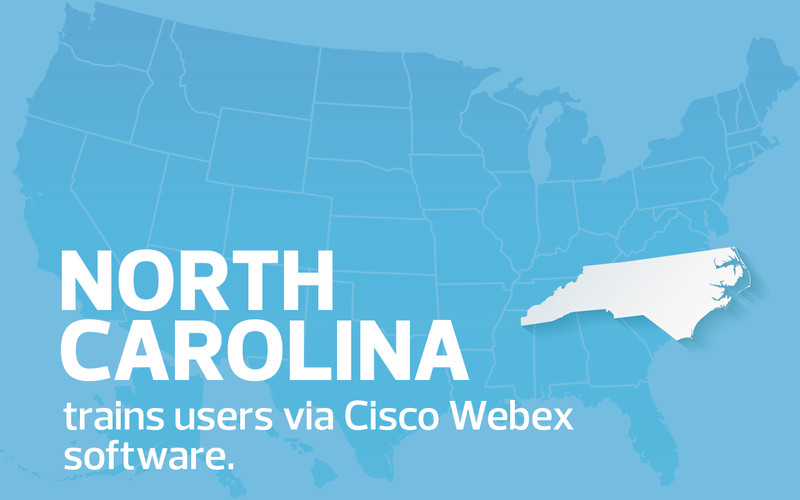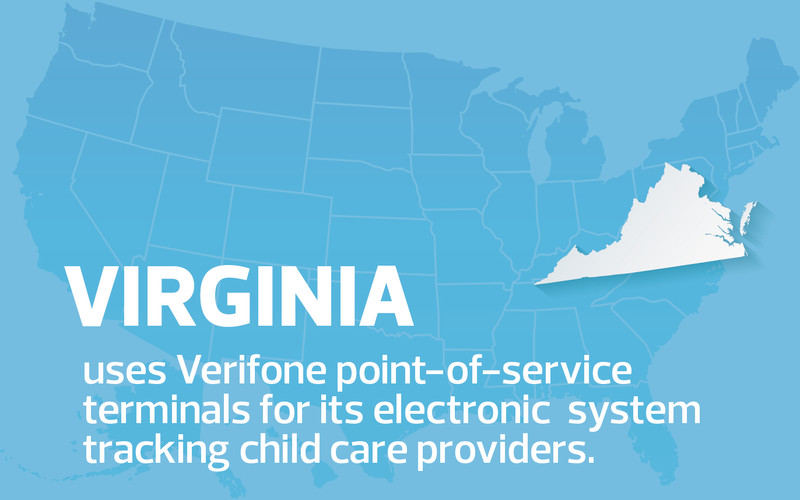Ohio Shifted Quickly to Telework
Ohio’s Department of Job and Family Services was several years into a modernization effort by the time the pandemic arrived. ODJFS partnered with the Ohio Department of Administrative Services to improve eligibility and enrollment processes and deployed a statewide electronic document management system — now the umbrella for nearly all benefit programs — alongside a rollout of Microsoft Surface Pros.
With 17,000 staffers, moving even a portion of them to a single device simplified IT support and reduced costs, says ODJFS CIO Jason Sankey. For Child Protective Services caseworkers, LTE-model Surface Pros were a significant timesaver, enabling them to take notes in the field rather than have to drive back to their offices.
These benefits, together with technical features of the Surface Pros, became even more important once the pandemic hit and IT had to prepare ODJFS employees to telework. That’s prompted IT to expand its rollout of Surface Pros to get even more of them into the hands of employees in 88 counties, Sankey says.
Nearly all ODJFS staff switched to telework, but the state prioritized remote work tools for staffers handling unemployment calls and claims, Sankey says. Surface Pros made it easier to equip these employees with softphones so they could answer call center requests from home.








